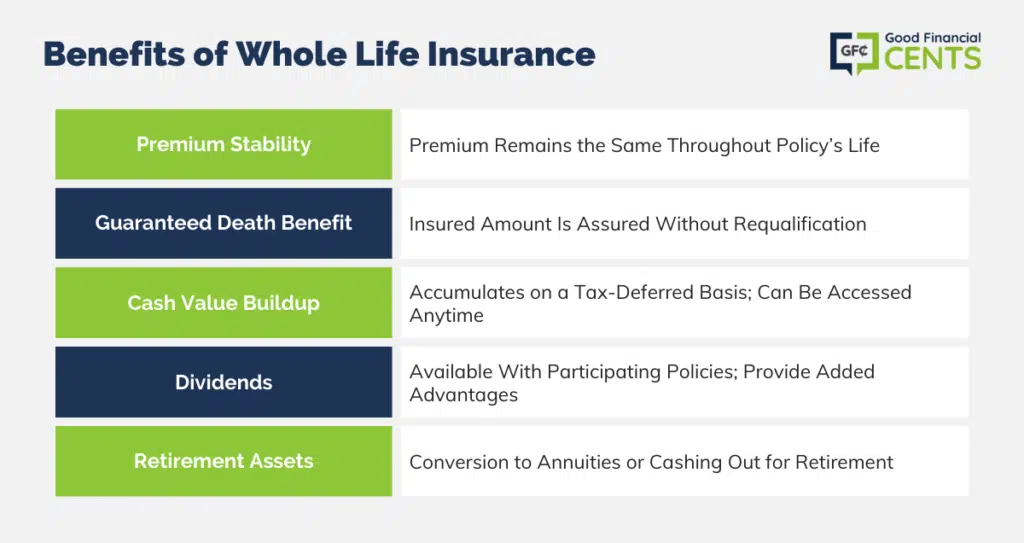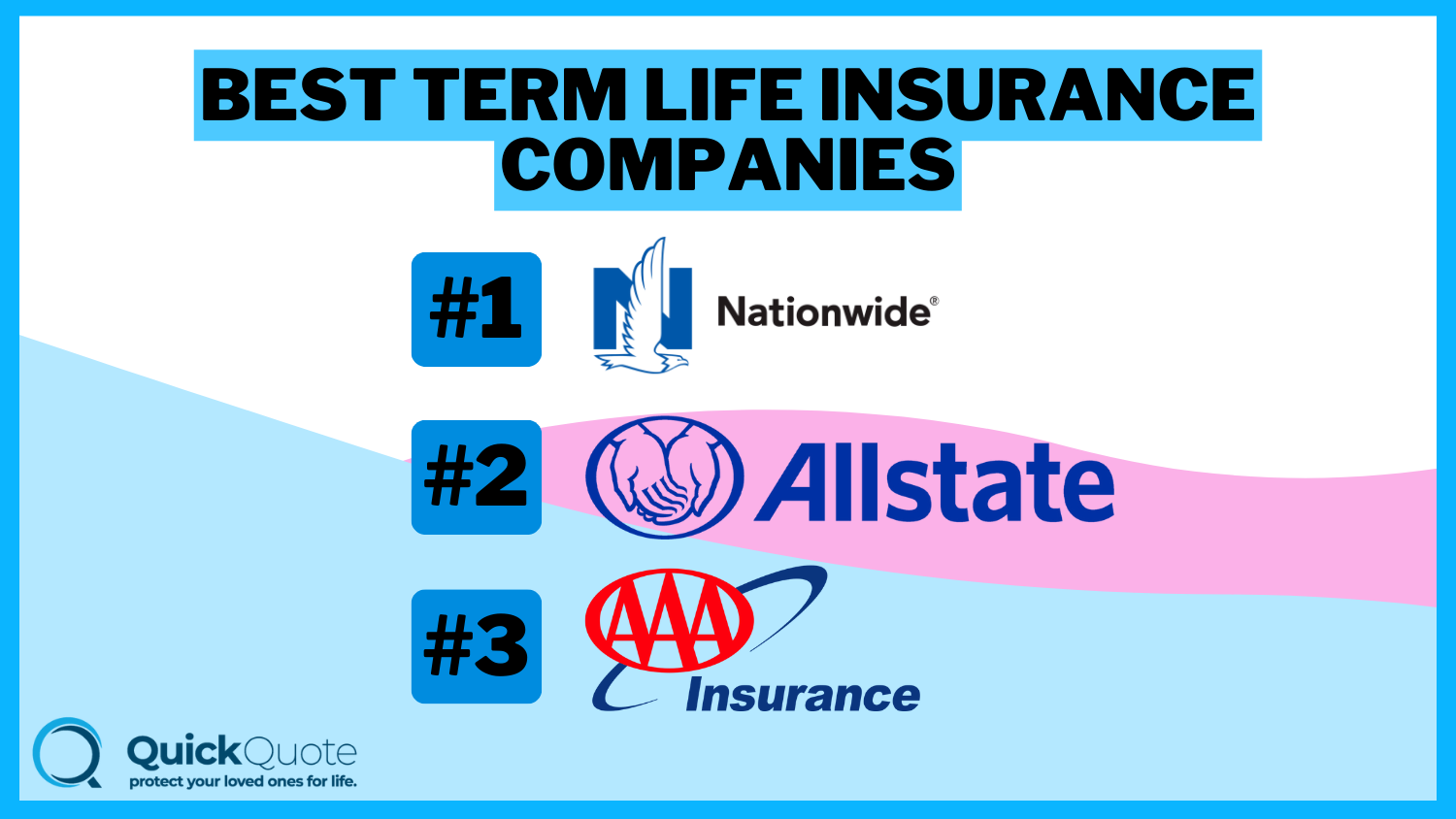What is a Car and Bike Accident?
Imagine this: you’re cruising down the road on your bike, minding your own business, when suddenly, out of nowhere, a car comes barrelling into you. The impact is deafening; you’re thrown from your bike and land hard on the asphalt. Your head is spinning, your body is aching, and you’re wondering how on earth this could have happened.
Unfortunately, this scenario is all too common. Car and bike accidents are a major problem in our cities and towns, and they can have devastating consequences. Every year, thousands of cyclists are injured or killed in these accidents, and many more are left with lifelong disabilities.
Car and bike accidents often happen when drivers fail to yield to cyclists, or when they make illegal turns or lane changes. In some cases, accidents can also be caused by cyclists who break the law, such as by running red lights or stop signs.
If you’re a cyclist, it’s important to be aware of the risks involved and to take steps to protect yourself. Always wear a helmet, and obey all traffic laws. Be visible to drivers by wearing bright clothing and using lights at night. And if you’re ever involved in an accident, don’t hesitate to seek medical attention, even if you think you’re okay.
What to Do After a Car and Bike Accident
If you’re involved in a car and bike accident, the first thing you should do is stay calm and assess the situation. If you’re able to, move yourself out of harm’s way and call 911. Once you’re safe, you should exchange information with the other driver, including your name, address, phone number, and insurance information.
If you’re injured, it’s important to seek medical attention as soon as possible. Even if you don’t think you’re badly hurt, it’s always better to get checked out by a doctor just to be safe.
After you’ve been seen by a doctor, you should contact your insurance company to report the accident. Your insurance company will be able to help you file a claim and get your bike repaired or replaced.
If you’re not sure what to do after a car and bike accident, don’t hesitate to seek legal advice. An attorney can help you protect your rights and get you the compensation you deserve.
How to Prevent Car and Bike Accidents
There are a number of things that can be done to prevent car and bike accidents. Drivers should always be aware of their surroundings and yield to cyclists. Cyclists, in turn, should obey traffic laws and wear helmets.
In addition, there are a number of infrastructure improvements that can be made to make our roads safer for cyclists. These include building more bike lanes, installing traffic signals at intersections, and reducing speed limits in areas where there is a lot of bike traffic.
By taking these steps, we can all help to reduce the number of car and bike accidents and make our roads safer for everyone.
Car and Bike Accidents: A Preventable Tragedy
Anyone who has ever been involved in a car accident knows that it can be a truly traumatic experience. The same is true for those who have been involved in a bike accident. And while both types of accidents can be serious, bike accidents often result in more severe injuries due to the lack of protection for cyclists.
One recent example of a tragic car and bike accident occurred in [City Name] when a cyclist was struck by a car that failed to yield the right of way. The cyclist was critically injured and later died in the hospital. This is just one of many examples of how car and bike accidents can have devastating consequences.
Common Causes of Car and Bike Accidents
The most common causes of car and bike accidents are:
- Driver inattention. This is the leading cause of car and bike accidents. When drivers are distracted by their phones, other passengers, or anything else, they are more likely to make mistakes that can lead to accidents.
- Speeding. Speeding is another major cause of car and bike accidents. When drivers exceed the speed limit, they have less time to react to hazards and are more likely to lose control of their vehicles.
- Failure to yield the right of way. This is a common cause of car and bike accidents at intersections. When drivers fail to yield the right of way to cyclists, they can cause serious accidents.
- Impaired driving. Driving under the influence of alcohol or drugs is a major risk factor for car and bike accidents. Impaired drivers are more likely to make mistakes, such as speeding, failing to yield the right of way, and driving recklessly.
- Poor road conditions. Poor road conditions, such as potholes, uneven pavement, and slippery surfaces, can also contribute to car and bike accidents. When roads are not properly maintained, they can create hazards that can cause drivers and cyclists to lose control of their vehicles.
- Defective vehicles. Defective vehicles can also be a cause of car and bike accidents. When vehicles are not properly maintained or have manufacturing defects, they can pose a serious safety hazard.
What Can Be Done to Prevent Car and Bike Accidents?
There are a number of things that can be done to prevent car and bike accidents. These include:
- Educating drivers and cyclists about the dangers of distracted driving, speeding, and failing to yield the right of way.
- Enforcing traffic laws.
- Improving road conditions.
- Inspecting vehicles regularly for defects.
By taking these steps, we can help to prevent car and bike accidents and make our roads safer for everyone.
Car and Bike Accident: Who’s at Fault?
Picture this: you’re cruising down the road on your bike, minding your own business, and suddenly, out of nowhere, a car comes barreling into you. You’re thrown from your bike, and you’re left lying in the road, dazed and confused. Who’s to blame for this mess? It all depends…
Who is Liable in a Car and Bike Accident?
Determining liability in a car and bike accident is like trying to solve a puzzle—you have to look at all the pieces to figure out what happened. Depending on the laws of the state where the accident happened and the specific circumstances involved, the driver of the car, the cyclist, or both parties may be held liable.
In many cases, the driver of the car is considered negligent if they failed to yield to the cyclist, if they were speeding, or if they were driving while distracted. Cyclists can also be held liable if they were riding recklessly, if they failed to obey traffic laws, or if they were under the influence of alcohol or drugs.
But here’s where it gets tricky: sometimes, both the driver and the cyclist share some of the blame. For example, if the driver was speeding but the cyclist was riding on the wrong side of the road, both parties may be considered partially liable for the accident.
Proving Liability in a Car and Bike Accident
If you’ve been involved in a car and bike accident, proving liability is key to getting the compensation you deserve. Here are some tips:
* Gather evidence. This includes taking photos of the accident scene, getting witness statements, and obtaining a copy of the police report.
* Hire an attorney. An experienced personal injury attorney can help you build a strong case and negotiate a fair settlement.
* Be prepared to go to court. If you can’t reach a settlement with the other party, you may need to file a lawsuit to get the compensation you deserve.
Remember, every accident is different. There is no one-size-fits-all answer to the question of who is liable in a car and bike accident. But by following these tips, you can increase your chances of getting the justice you deserve.
Car and Bike Accidents: Who’s at Fault and How to Get Compensation
On a fateful day, as the sun peeked through the horizon, a harrowing collision occurred at the bustling intersection of Elmwood Avenue and Main Street. A sleek sedan, driven by a distracted motorist, careened into a cyclist who was diligently pedaling along the designated bike lane. The impact sent the cyclist tumbling and the bike flying. The aftermath of the accident left both victims injured and shaken.
Compensation for Victims of Car and Bike Accidents
Victims of car and bike accidents may be entitled to compensation for their medical expenses, lost wages, and pain and suffering. Insurance companies are typically responsible for covering these costs, but navigating the claims process can be a daunting task. Here’s what you need to know:
Determining Fault in Car and Bike Accidents
Establishing fault in car and bike accidents is crucial for determining who is liable for damages. In most cases, fault is determined based on the following factors:
- Negligence: Proving that the at-fault driver was careless or reckless.
- Comparative fault: Apportioning fault among multiple parties, with each party being responsible for their own percentage of damages.
- No-fault laws: In some states, victims may be entitled to compensation regardless of fault.
Types of Compensation Available
Victims of car and bike accidents may be eligible for a range of compensation, including:
- Medical expenses: Coverage for past and future medical bills, including hospital stays, surgeries, and rehabilitation.
- Lost wages: Reimbursement for income lost due to the accident.
- Pain and suffering: Compensation for physical and emotional trauma.
- Property damage: Coverage for repairs or replacement of damaged vehicles or bicycles.
Steps to Get Compensation
To obtain compensation, victims should take the following steps:
- Report the accident to the police and file a police report.
- Seek medical attention promptly and document all injuries.
- Gather evidence, such as photos of the accident scene and witness statements.
- Contact an attorney to discuss your legal options and pursue a claim.
Important Considerations
It’s important to note that the claims process can be complex and time-consuming. Insurance companies may dispute liability or offer settlements that are far below what victims deserve. Seeking legal advice is essential to ensure that your rights are protected and that you receive fair compensation for your injuries.
Car and Bike Accident
A car and bike accident can be a terrifying experience. Cyclists are especially vulnerable in collisions with motor vehicles, and even a minor accident can result in serious injuries. In 2020, there were over 45,000 car and bike accidents in the United States, resulting in over 800 deaths. These accidents are often preventable, and there are several things that drivers and cyclists can do to stay safe.
Preventing Car and Bike Accidents
There are several things that drivers and cyclists can do to prevent car and bike accidents, such as:
- Obeying traffic laws
- Staying alert
- Wearing helmets
- Using hand signals
- Being aware of your surroundings
Obeying Traffic Laws
One of the most important things that drivers and cyclists can do to prevent accidents is to obey traffic laws. This means stopping at stop signs and red lights, yielding to pedestrians, and signaling before turning or changing lanes. When everyone follows the rules of the road, it helps to create a safer environment for everyone.
Staying Alert
Another important factor in preventing car and bike accidents is staying alert. This means paying attention to the road and your surroundings, and being aware of other vehicles and pedestrians. When you’re driving or biking, it’s important to avoid distractions such as texting, talking on the phone, or eating. You should also be well-rested before getting behind the wheel or handlebars.
Wearing Helmets
Helmets are one of the most important pieces of safety gear that cyclists can wear. In a crash, a helmet can help to protect your head from serious injury. All cyclists, regardless of age or experience, should wear a helmet every time they ride.
Using Hand Signals
Hand signals are an important way for cyclists to communicate with drivers and other cyclists. When you’re turning or changing lanes, be sure to use the appropriate hand signal. This will help to prevent confusion and accidents.
Being Aware of Your Surroundings
One of the best ways to prevent car and bike accidents is to be aware of your surroundings. This means paying attention to traffic, pedestrians, and other cyclists. You should also be aware of road conditions, such as potholes or slippery surfaces. When you’re aware of your surroundings, you can take steps to avoid potential hazards.




Leave a Reply